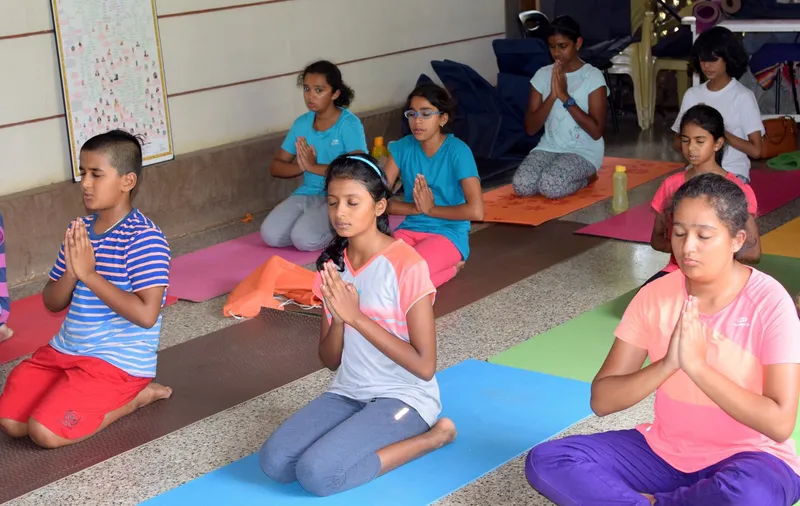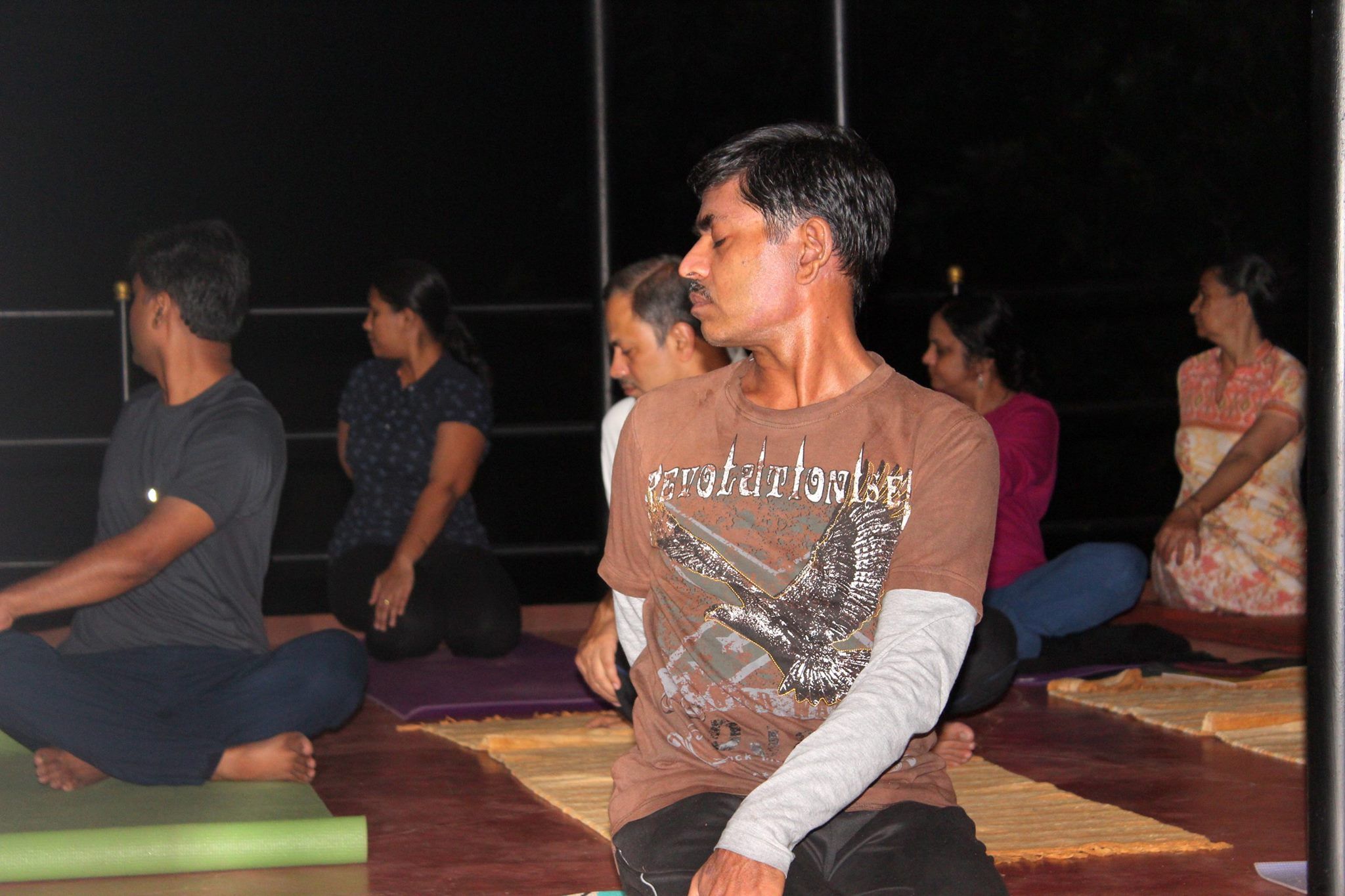Nowadays even a seven-year old might comment that he feels stressed at school or at home. Is it because we do not have the coping skills of our ancestors?

In modern times, we are all familiar with stress and its complications. To deal with stress, attention to physical health and fitness has become imperative.
We come across numerous advertisements, events, nutritionists, yoga gurus that talk about health and fitness. But before we implement a health regime, we first need to introspect—“Are we indeed fit and strong?”
Our body
Stress in any form—physical or mental—can take a toll on the body. It does not manifest immediately. That is one of the reasons we do not have the urge to stop being “stressed”. Sometimes we do not even realise that we are stressed as we are barely mindful of our body and its cues. When involved in a situation/problem, the only thing which strikes us is the “solution”. But do we wonder how the body reacts to each stressful situation?
Scientifically, the entire body system comes to our rescue just like a crisis in a corporate world. The entire team works tirelessly to deal with the crisis overnight and gets back to work the next day. For a situation that requires action, there is an adrenaline rush which keeps us going. But for how long can our body sustain this?

We take our body system for granted to such an extent that we completely ignore signs of distress The body patiently goes through whatever we do to it, but one day it gives up and then we get struck by panic.
For some people, small health issues like shoulder and back ache, menstrual irregularities, headache, acidity, bloating, etc. gradually develop into chronic health conditions. Then, they ask this question, “How can it happen to me? I was fit earlier”.
Due to ignorance and less awareness, yoga is considered as the last resort for curing serious health conditions. In such instances, the last resort actually becomes the saviour.
Therapy yoga
Yoga not only contributes to the complete well-being of a person but also heals serious health conditions.
There is a branch of yoga named therapeutic yoga specially designed by Dr. Nagaratna, Yogashree N.V. Raghuram, and Dr. H.R. Nagendra. ‘Integrated approach to Yoga therapy,’ is the term used for understanding the concept of “Vyadhi”. Practices are recommended for restoring internal balance which gets disturbed by stress. Once equilibrium is attained by the mind (Samatvam) and there is a free flow of vital energy (Prana), positive changes happen in the body.
Healing starts with the first few sessions of therapy yoga—the person feels a sense of calmness, satisfaction, gradual increase in stamina, and decrease in pain. It takes time depending on the severity of the health condition, but one feels the positive changes by learning to be attentive towards the body.

Therapy yoga has been successful in treating several health conditions including cervical, lumbar spondylitis, diabetes, joint problems, women’s issues, acute to chronic pain in any region of body, hernia, muscular dystrophy, cancer, parkinsonism, epilepsy.
What does the therapy yoga session consist of?
Body level- Breathing practices with mild stretches suitable for that condition, specific yoga asanas, kriyas/ cleansing therapy, diet modifications
Prana/Vital energy level- Pranayama
Mind level- Meditation, counselling
Intellect level- reading books/articles to understand further this holistic way of living
A yoga therapist takes care of all the above and guides the participants to handle life situations/stressors in a harmonious way. There is a huge difference in a general yoga session and a therapeutic one as the therapist guides the participant keeping in mind his/her needs and health condition.

There is a common misconception that yoga asanas are meant for “fit” people and not for others. Again, it all depends on our outlook as we constantly see yoga teachers/gurus performing perfect poses. It seems to us that a yoga pose can only be done perfectly, otherwise it is not worth it. But yoga is not math where there are standard formulas—it is all about Samatvam in every aspect of our lives.
“Yoga is not a magic rope and not merely yogasanas, pranayama, and meditation. It is a science of holistic living with holistic values,” says Dr. Nagaratna.











